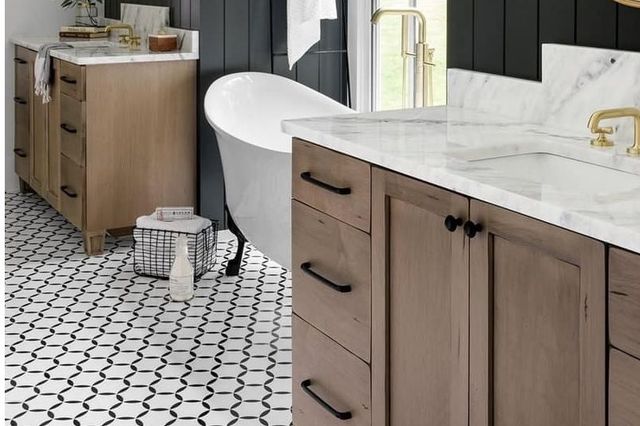
Prefab homes are no longer limited to generic shapes or purely functional layouts. Modern designs can be tailored to not only fit a homeowner’s lifestyle but also blend beautifully with their surroundings. Whether it is a forest retreat, a coastal escape, or a mountain hideaway, prefab architecture offers creative solutions that work with the natural environment rather than against it.
Why Blending Matters
Integrating a home into its landscape enhances visual harmony, reduces environmental impact, and creates a sense of belonging. It is about designing a home that looks as though it has always been part of the scenery—complementing colors, textures, and natural features.
Popular Prefab Designs That Merge with Nature
1. Scandinavian-Inspired Cabins
Drawing from Nordic minimalism, these designs use clean lines, large windows, and natural materials like timber and stone. Often finished in muted colors—charcoal, gray, or soft browns—they blend seamlessly with forests and snowy terrains. Their simplicity allows the surrounding scenery to be the focal point.
2. Modern Glass Pavilion Homes
These prefabs feature expansive floor-to-ceiling windows and open layouts to create an almost invisible boundary between indoors and outdoors. Perfect for sites with panoramic views—such as coastal cliffs or mountain ranges—these designs let nature set the tone for interior spaces.
3. Low-Profile Prairie-Style Builds
Inspired by the horizontal lines of the American prairie, these homes sit low to the ground and follow the natural contours of the land. Green roofs or flat terraces with native plantings help them disappear into grasslands or rolling hills.
4. Rustic Timber Lodges
For wooded or rural locations, rustic timber designs use reclaimed wood, exposed beams, and stone facades to create a warm, grounded appearance. These prefabs often include covered porches, wraparound decks, and gabled roofs that feel right at home in natural surroundings.
5. Coastal-Ready Retreats
Designed to withstand marine climates, these homes use corrosion-resistant materials like aluminum cladding or treated wood, paired with light, sandy color palettes. Elevated platforms protect them from tides while preserving the coastal views.
Design Principles for Landscape Integration
Learn about the design principles for landscape integration.
1. Natural Material Selection:
Stone, wood, and clay tiles help the home visually merge with its surroundings.
2. Neutral Color Palettes:
Earthy shades allow the building to blend rather than stand out.
3. Site-Specific Layouts:
Designs follow the land’s natural slope, preserving trees, rock formations, and other features.
4. Indoor-Outdoor Living Spaces:
Decks, patios, and sliding glass walls encourage a seamless transition into the landscape.
Prefab’s Role in Landscape-Friendly Architecture
Because prefab modules are built off-site, the impact on the land during construction is minimal. This makes it easier to preserve the natural terrain and avoid unnecessary excavation. Precision manufacturing also allows for unique shapes and layouts that fit challenging sites without waste.
Conclusion
Prefab dream designs that blend into the landscape offer more than just beauty—they provide a lifestyle that is deeply connected to nature. Every window frames a living picture, every material choice tells a story of harmony, and every space feels anchored in its environment. The result is a home that is timeless, sustainable, and truly part of its surroundings.







